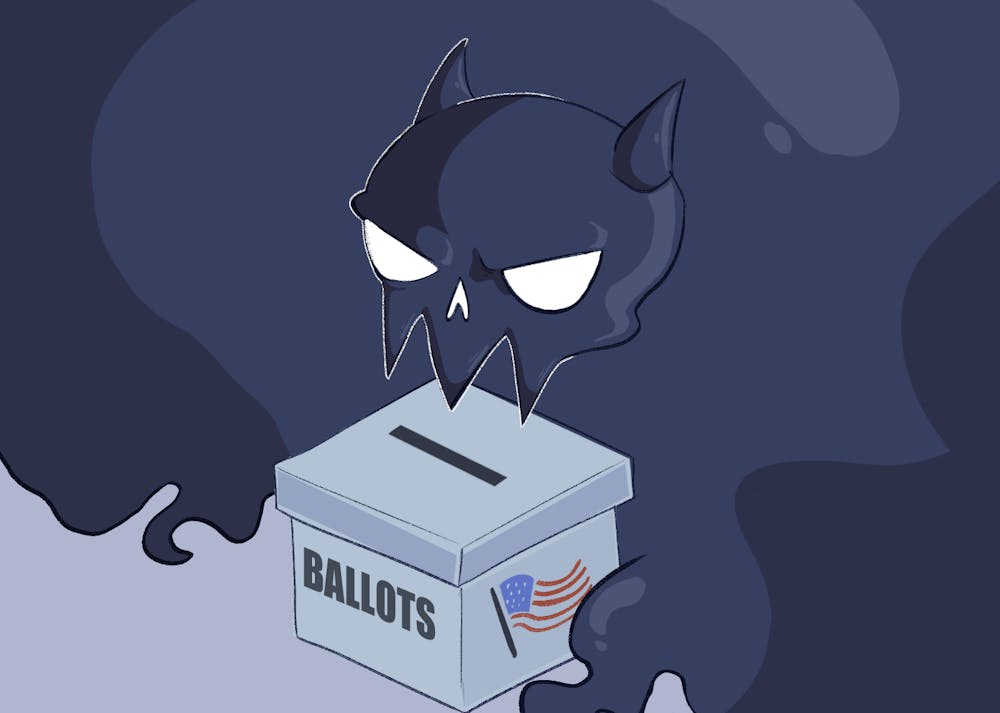Voter intimidation and suppression are increasing around Arizona, and people need to mobilize to protect the right to vote. The case of ballot dropbox monitoring in Maricopa County is a pertinent example of how that suppression and intimidation is manifesting itself, and other efforts must be anticipated.
After it was reported that 24-hour ballot drop boxes in Maricopa County were being monitored by different groups, including people openly displaying guns, a federal judge ordered armed members of a group monitoring the location to stay at least 250 feet away from the drop boxes. The League of Women Voters of Arizona requested the order.
The judge ordered that leaders and members of Clean Elections USA, one of the groups monitoring the drop boxes, could not film or follow people within 75 feet of the drop boxes or the entrance to a building that houses one. They were also barred from speaking to people within those parameters unless they were spoken to first.
"They were calling for armed vigilantes, which even if no violence happened, it's still threatening, and we have strong witnesses who felt very threatened by their presence," said Pinny Sheoran, the president of the League of Women Voters of Arizona.
This is a clear example of voter intimidation and suppression, as ballot drop boxes have proven to be a safe and secure method of voting. Yet, it took time for any restrictions to be put on the groups seeking to intimidate Maricopa County voters. In late October, the same federal judge, Michael Liburdi, ruled that groups could watch the drop boxes.
Liburdi's newer order did not outlaw the monitors entirely, as there is still clear wiggle room. Their allowed presence is a clear cave to the right-wing efforts to suppress and intimidate voters.
The occurrence does not stand in a vacuum; it is a historical legacy of the U.S. to exclude people who it does not see fit from voting or otherwise attempting to have power over their own material and social conditions. It is a systemic factor of how the U.S. operates to oppress working people and specifically certain types of working people.
"If it were a different type of person – someone who looked differently, maybe a different color – who was out there in tactical gear, and they seemed to be intimidating, it's highly likely that those people would be stopped from engaging in those activities," said Patty Ferguson-Bohnee, the director of the ASU Indian Legal Clinic and the coordinator for the Native Vote Election Protection Project.
Research from the Brennan Center showed that non-white communities face many more boundaries when voting than white communities do.

Aaron Stigile is an opinion columnist at The State Press. He previously wrote for The Defiant Movement and is working toward a bachelor’s degree in Journalism and Mass Communication. He is also working toward a minor in Spanish and a certificate in Cross-Sector Leadership.




